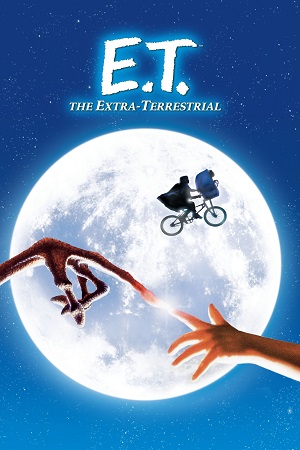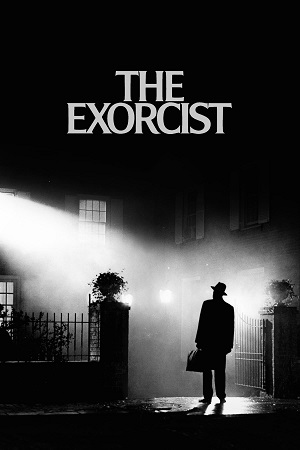E.T. the Extra-Terrestrial (1982)

E.T. the Extra-Terrestrial, directed by Steven Spielberg and released in 1982, is a timeless classic that has captured the hearts of audiences around the world. The film follows the story of a young boy named Elliott who befriends an extraterrestrial stranded on Earth. Together, they form a deep and emotional bond as they work to help E.T. return to his home planet.
One of the most striking aspects of E.T. is its ability to evoke a sense of wonder and imagination. The film beautifully captures the innocence and curiosity of childhood, as seen through the eyes of Elliott and his siblings. The portrayal of E.T. as a gentle and compassionate being further adds to the film's emotional depth, allowing audiences to connect with the character on a profound level.
At its core, E.T. is a story about friendship, acceptance, and the resilience of the human spirit. The bond that forms between Elliott and E.T. transcends language and cultural barriers, serving as a powerful reminder of the universal capacity for empathy and understanding. The film's themes of empathy and connection continue to resonate with audiences of all ages, making it a truly timeless piece of cinema.
In addition to its emotional impact, E.T. also showcases groundbreaking special effects that were ahead of its time. The seamless integration of practical effects and puppetry brought E.T. to life in a way that had never been seen before, earning the film critical acclaim and numerous awards for its technical achievements. The iconic image of Elliott and E.T. flying across the moon has become etched in cinematic history, symbolizing the film's enduring legacy.
Furthermore, E.T. boasts a memorable and evocative musical score composed by the legendary John Williams. The score perfectly complements the film's emotional beats, enhancing the overall viewing experience and leaving a lasting impression on audiences.
Beyond its technical prowess, E.T. also serves as a reflection of the era in which it was made. The film captures the sense of wonder and optimism that defined the early 1980s, while also addressing themes of environmentalism and the fear of the unknown. In doing so, E.T. transcends its status as a mere family film and becomes a thought-provoking commentary on the human condition.
E.T. the Extra-Terrestrial remains a beloved classic that continues to inspire and captivate audiences decades after its initial release. Its enduring themes, memorable characters, and groundbreaking technical achievements solidify its place in cinematic history. As we continue to revisit this timeless tale of friendship and adventure, it serves as a poignant reminder of the power of empathy and connection in an ever-changing world.
Related News
The Top 10 Best Comedy Movies of All Time
Comedy movies have been a beloved genre in the film industry for decades, providing audiences with endless laughter and entertainment. From classic slapstick humor to witty, satirical storytelling, comedy films have a timeless appeal that transcends generations. In this article, we will explore the
Top 10 Best Science Fiction Movies of All Time
Science fiction is a genre that explores the imaginative and often speculative possibilities of science, technology, and the future. It can range from realistic scenarios to fantastical worlds, from hard science to space opera, from dystopian nightmares to utopian visions. Science fiction movies hav
Star Wars (1977)
Star Wars, released in 1977, is a groundbreaking science fiction film that has left an indelible mark on popular culture. Directed by George Lucas, the film was a game-changer in the world of cinema, revolutionizing special effects and storytelling. The movie's impact has been felt far and wide,
The Good, the Bad and the Ugly (1966)
The Good, the Bad and the Ugly is a classic Spaghetti Western film released in 1966, directed by the renowned Italian filmmaker Sergio Leone. This epic film is the third installment in the "Dollars Trilogy," following A Fistful of Dollars and For a Few Dollars More. Set during the American




Comment Record:
Reply to comments: